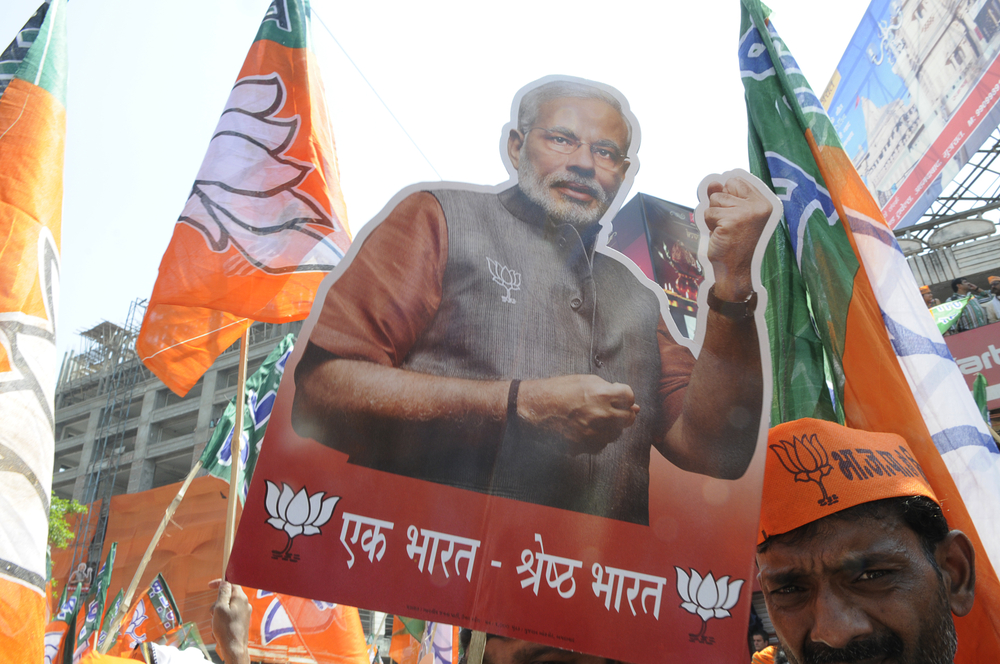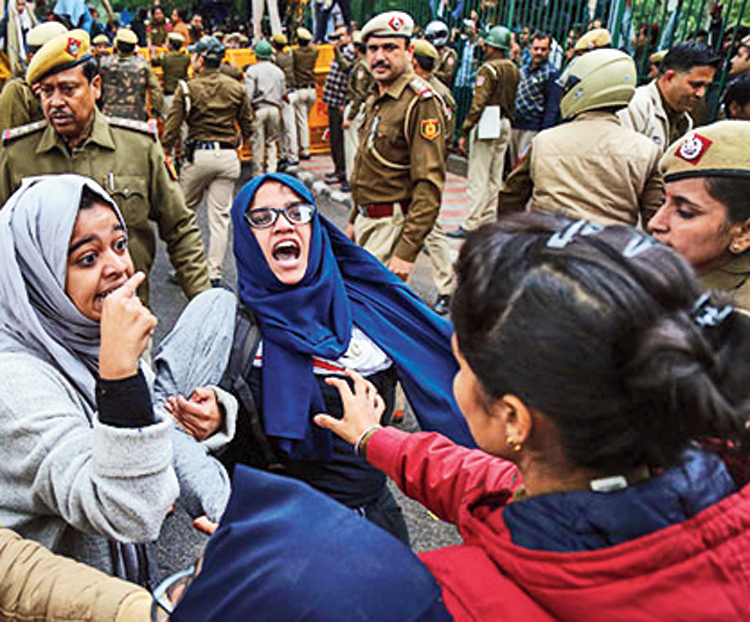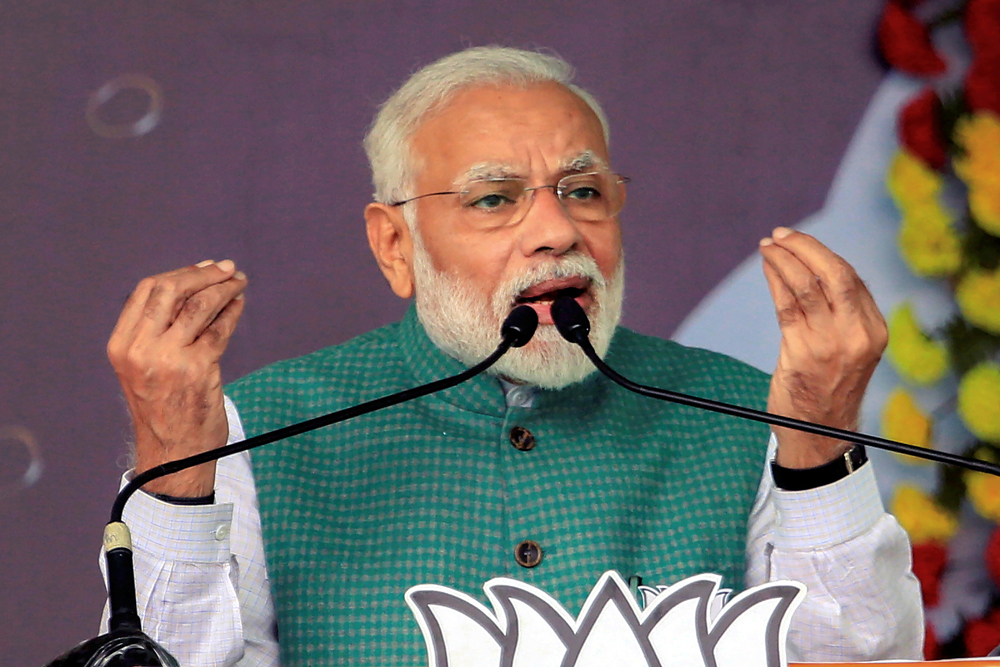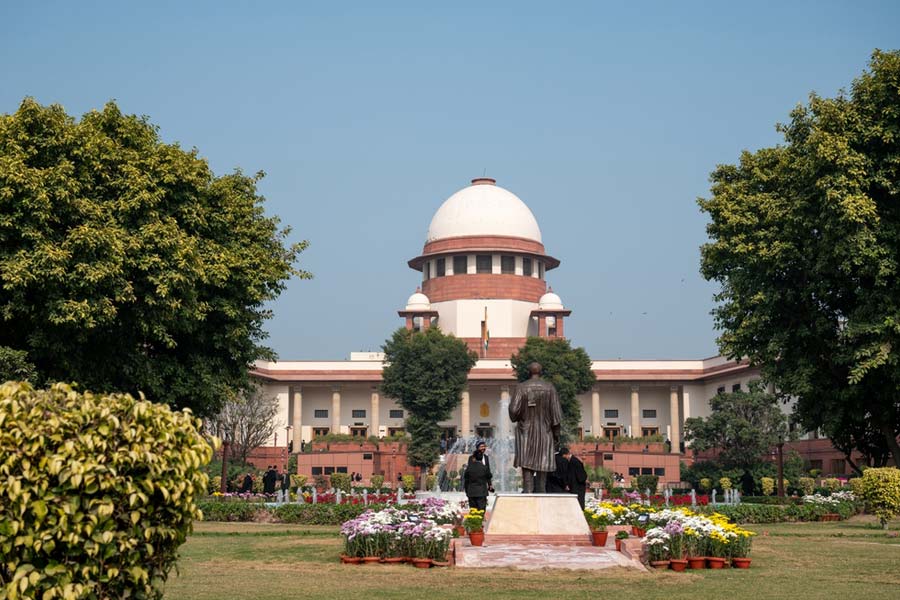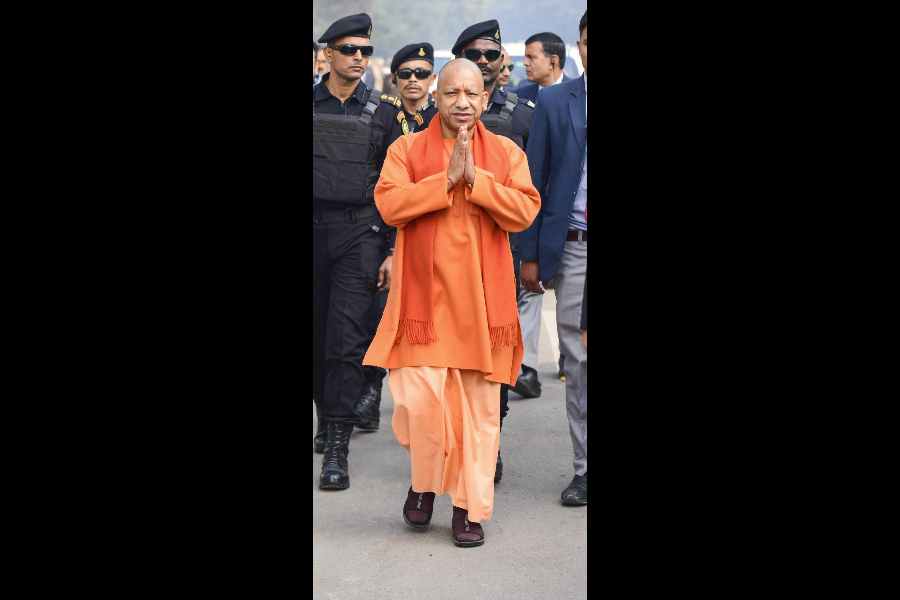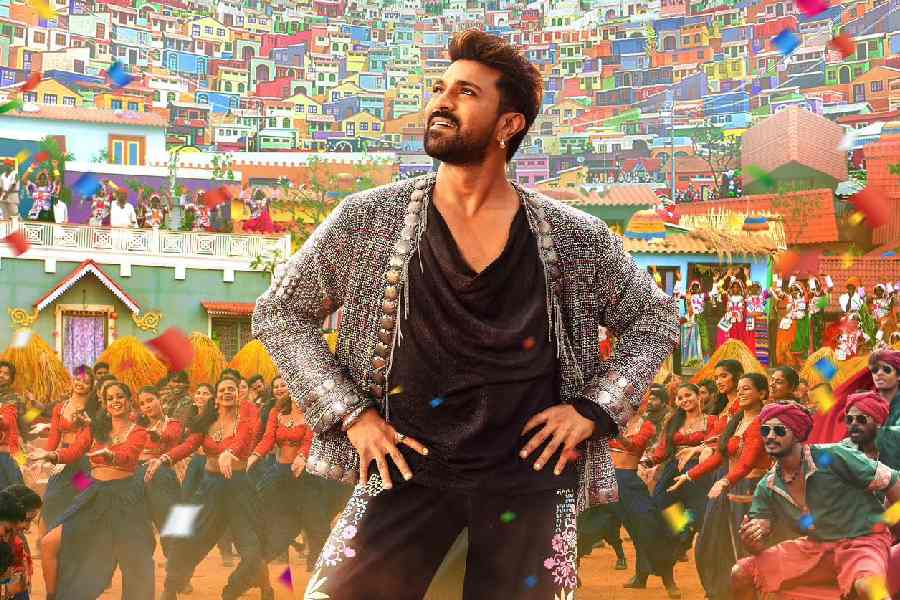In December 2018, I was having lunch with an entrepreneur-friend who works closely with the Central government. The Bharatiya Janata Party had just lost state elections in Madhya Pradesh, Rajasthan and Chhattisgarh, putting three chief ministers out of office and out of work. I suggested to the entrepreneur that when the prime minister won re-election the following May (as he was already very likely to do), he should induct these now jobless politicians of his party into the Union government. These politicians were not without controversy; at the same time, all were capable administrators, and all brought something solid to the table. Vasundhara Raje was arrogant and entitled, but with her interest in art and culture would make a decent tourism minister. Shivraj Singh Chauhan had the stain of Vyapam around his administration, but even his critics conceded that his policies had helped improve the lives of Madhya Pradesh’s farmers. Surely he could be an effective Union minister for agriculture and rural development in Narendra Modi’s second cabinet? Raman Singh’s government in Chhattisgarh was guilty of serious human rights violations; at the same time, it had distributed subsidized food to the poor far more effectively than had most other states. Would he not make a useful addition to the second Union cabinet too?
My BJP-leaning friend agreed with me. Even during its first term the Modi government had not exactly been talent-rich. Of the few experienced ministers it had, Manohar Parrikar, Sushma Swaraj and Arun Jaitley were all visibly ailing. Inducting people like these three former chief ministers into the Union cabinet would surely make the execution of the government’s programmes more effective.
In the event, Narendra Modi did not bring this trio into his cabinet after he won re-election. At the same time, ministerships were given to politicians whose talent lay chiefly (if not exclusively) in demonizing political opponents and religious minorities. To make matters worse, the loss of Jaitley, Swaraj and Parrikar had been compounded by the flight of first-rate professional talent from the Central government. In the prime minister’s first term he had the benefit of the full-time advice of at least four top-flight economists — Raghuram Rajan, Arvind Subramanian, Urjit Patel and Arvind Panagariya. By 2019, all had left government, to be replaced by people who lacked the professional credibility the earlier quartet did. To make matters worse still, in Modi’s first term as prime minister he had some high-quality civil servants in both the finance ministry and the Prime Minister’s Office, individuals with experience and wisdom who were unafraid to speak their mind. By the time Modi was sworn in afresh in May 2019, these people had left government as well.
There is a pattern here. It seems that Modi cannot work closely or for long periods with people of independent standing, whether these be civil servants, economists, or other politicians within his own party. There could be at least three reasons for this. First, the prime minister is by temperament a loner, with no friends and family, an entirely self-made man who has never really learnt to build relations of reciprocity. Second, he is an autodidact, entirely self-taught, who is suspicious of people with degrees from prestigious universities (hence his famous, or rather notorious, remark that he would always choose ‘hard work’ over ‘Harvard’). Third, he is a narcissist, whose world revolves largely — if not entirely — around himself. He is the BJP, he is the Government, he is the Union Cabinet, and he is India. There is no Team Modi — for there can only be a Brand Modi.
As an economic analyst who has advised many governments once told me, if anyone wishes to work with the current prime minister he or she has to observe this rule: ‘Total obsequiousness, no credit’. There is but one exception to this rule — the present home minister. When Modi was chief minister of Gujarat, Amit Shah at one time held as many as 12 portfolios (notably, though, without holding full cabinet rank). When Modi became the BJP’s prime ministerial candidate in 2013, he insisted that Shah take charge of the key state of Uttar Pradesh, and help with the overall campaign as well. After the general elections were won, Shah, with Modi’s blessings, became BJP party president, a post he held all through the government’s first term in office. After the prime minister’s re-election in May 2019, Shah joined the cabinet as home minister, while continuing to be party president. In the months since he has become visible and more prominent still — as in the ubiquitous coupling of his name with the prime minister as the Jugalbandi of Indian politics, and in his piloting of major legislation in Parliament.
In their years together in Gujarat, Amit Shah worked largely in the shadows of his Saheb. He was seen as someone who listened to His Master’s Voice and carried out His Master’s Orders. Between 2013 and 2019, Shah’s role was to win state and national elections for Modi and the BJP; by raising money, choosing candidates, designing electoral strategy, placing booths on the ground. Since May 2019, however, he is no longer Modi’s loyal apprentice, nor even Modi’s principal political strategist at election time. He is now his co-equal in government; indeed the driver of the most consequential policies of the government.
The policy decisions of Modi’s time in office that have caused the most damage to the country are demonetization and the passing of the Citizenship (Amendment) Act. The first was undertaken against the expert advice of a governor of the Reserve Bank of India; the second was pushed through by the home minister. The economy still hasn’t recovered from the abrupt and arbitrary withdrawal of high currency notes, while the CAA has sharply polarized Indian society within weeks of its passing through Parliament. Both decisions were taken, as it were, out of the blue; the situation or context did not remotely demand them. Anyone with a clear head about the country and its future should have understood this. The prime minister did not or could not.
Entrepreneurs and civil servants who have worked with Modi tell me that he sees himself as a Man of Destiny, as someone who will transform India in a more thoroughgoing manner than any previous prime minister. It may well be that — given our fractious and self-serving Opposition — Narendra Modi will win a third term as prime minister, and thus come to have as long a tenure in the post as Jawaharlal Nehru and Indira Gandhi once did. But already, a mere six months into his second term, one senses that his legacy will be even more mixed than theirs, more decisively titled towards the negative side of the balance sheet. He inherited a strong economy, and had a citizenry willing to take him at his word that he represented them all. With two electoral mandates behind him, Modi could have taken India to the next level; economically, politically, socially. Instead, he has blown it all away. Our economy is more fragile and vulnerable than it was in May 2014. Our society is more fearful and divided. Our institutions are more compromised and corroded.
If Narendra Modi will never be seen by future generations of Indians in the sort of shining light he had once hoped for, one reason, of course, is his inability to shake off his sectarian past. For all that smooth talk of being for Everyone and especially for Development, he has outed himself as being — in keeping with his RSS past and cast — merely a Hindutva majoritarian. But a second reason surely is the narcissism of his personality. Had the prime minister thought to take individuals of ability into his cabinet, had he thought to listen more attentively to expert advice in economics, law, science, defence, and foreign affairs, he would have been in a better place today. And so would India.
ramachandraguha@yahoo.in

